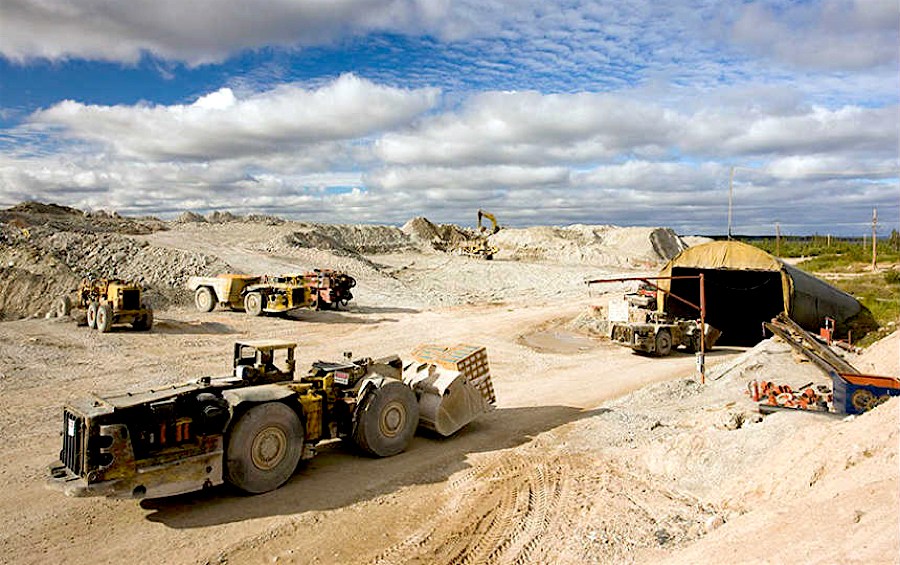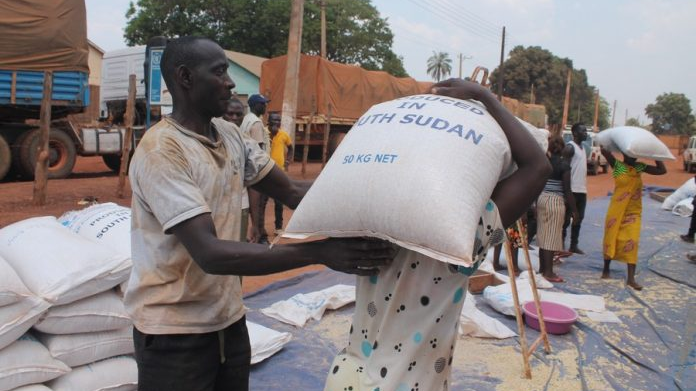
Chinese-operated mine becomes big employer in Namibia

Kerryb Puuahee, 31, is proud of breaking new ground in the male-dominated mine industry by becoming a female heavy equipment operator at a Namibian mine.
The young mother is a 330-ton haul truck operator at Husab Uranium Mine, one of China’s biggest single investments in Africa. Her job entails loading ore from the pit onto the processing workshop.
“Driving this beautiful thing here is a lovely experience, which you know is something we never imagined one could do here,” Puuahee said.
Puuahee said she joined the mining industry mainly because it presents more opportunities and allows one to grow quickly. Driven by this belief, she moved inland from the coastal town of Swakopmund to Arandis, which is near Husab mine, and joined the legion of job seekers when Husab mine began construction in 2013.
“Now Swakop Uranium (the company that owns Husab Uranium Mine) provides employment for a lot of people, so I think it’s also a life changer for many people, especially the youth,” Puuahee said.
The Husab mine is one of the biggest uranium mines in the world. Permanent employees at the mine were numbered at 1,620 by the end of 2017, in addition to 176 temporary employees and 522 contractors.

Husab became the largest employer in the country’s mining industry in 2017, according to the Chamber of Mines CEO Veston Malango.
Cai Yusheng, CEO of Swakop Uranium, said more than 5,000 workers were at the construction site at peak time.
The mine’s construction and operation have been credited for alleviating the employment pressure in the southern African nation, where unemployment rate reached 34 percent in 2016.
Husab mine is also expected to promote Namibia’s GDP growth by about 5 percent and increase the country’s export volume by about 20 percent, making Namibia the third largest producer of uranium in the world, according to Cai.
The 4.8-billion-U.S.-dollar project in the Namib Desert is one of China’s biggest single investments in Africa. The mine took four years to finish construction.






